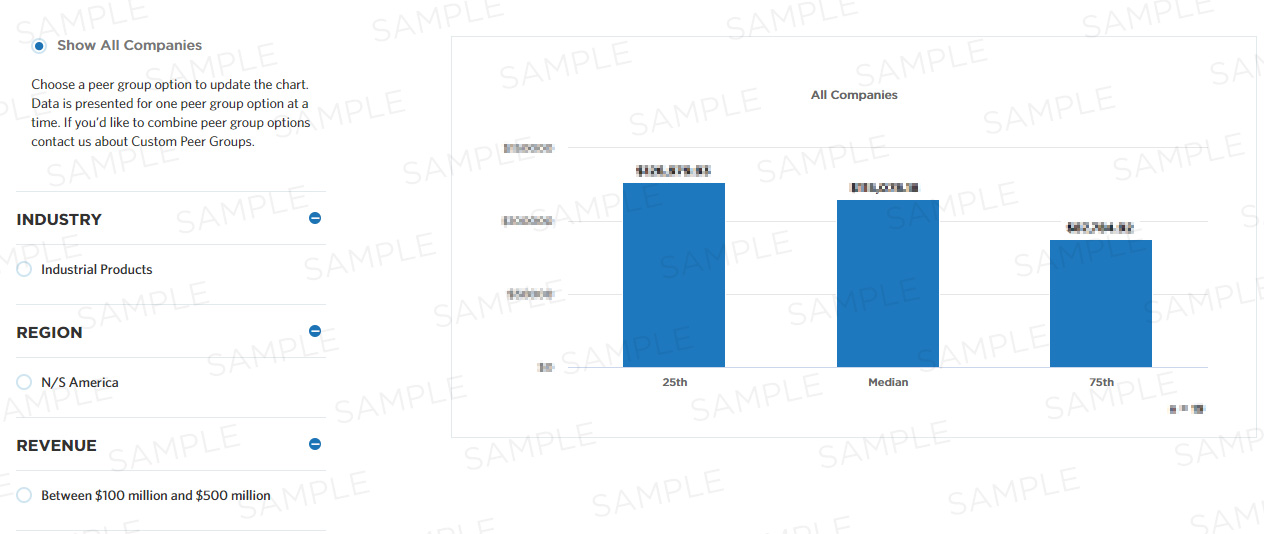Average daily retail shoppers to brick-and-mortar retail store staff ratio
This measure calculates shoppers to retail store staff ratio. This Staff Productivity measure is intended to help companies assess the efficiency of their staff related to the process group "Develop and manage sales plans".
Benchmark Data
Measure Category:
Staff Productivity
Measure ID:
106145
Total Sample Size:
89 All Companies
Performers:
| 25th | Median | 75th |
|---|---|---|
| - | - | - |
Key Performance Indicator:
No

Compute this Measure
Units for this measure are .
Shoppers to retail store staff ratio
Key Terms
Staff Productivity
Staff Productivity is a measure of the efficiency of individuals performing specific processes. Measures in staff productivity generally relate the transaction volume or outcome of the process with the effort in terms of full time equivalent employees to perform the process.